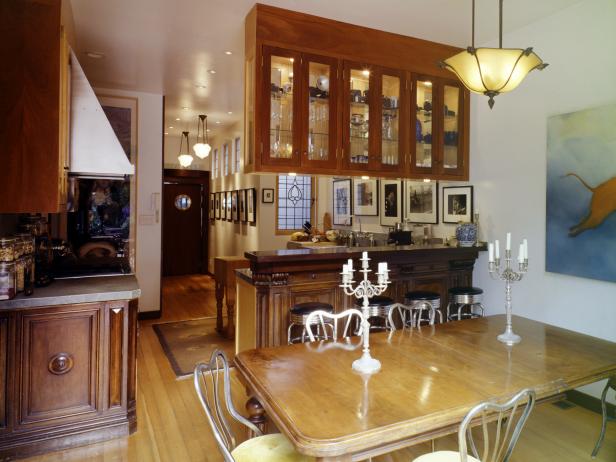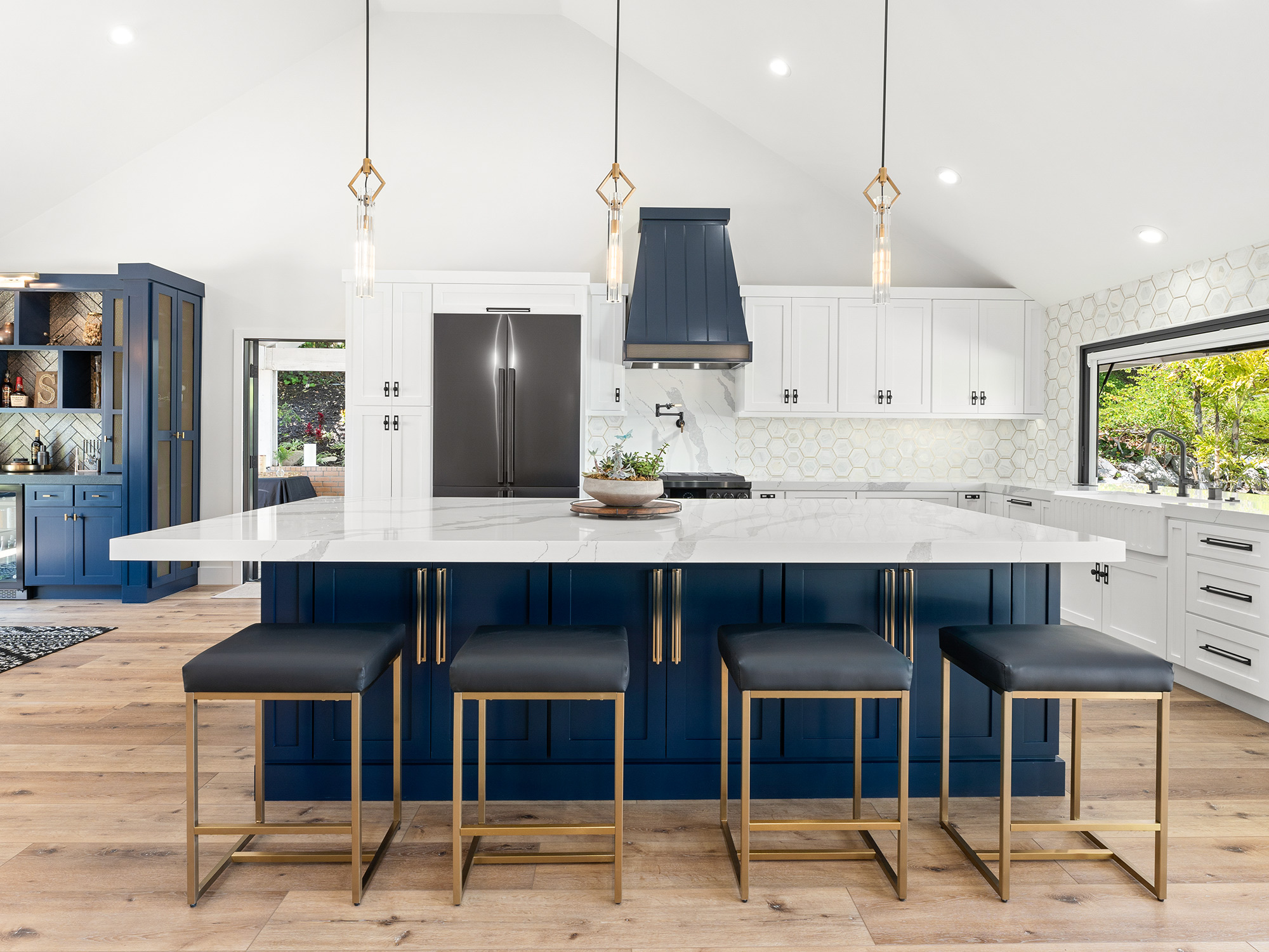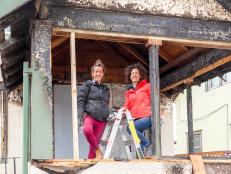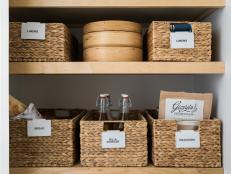Bring Old and New Together in a Renovation

Kim Steele
When renovating a period home, one question is almost sure to arise: what to keep old and what to make new. Owners are often drawn to period details, but they may find smaller, old-style proportions constricting. Certainly 100-plus-year-old bathrooms and kitchens were not designed with today's lifestyles in mind. Also, if the renovation involves an addition, contractors and homeowners will need to decide just how seamless the exterior visual transition between the original and new structures should be.
Taking a Practical Approach
"When we started in the business, we were ultra-traditionalist, but we've become more open," says Jonathan Bell, who, with his wife, Heather, is owner of Richmond, Va.-based Old Homes Inc. The company has renovated more than 40 residential and commercial properties in Tennessee, Georgia and Virginia. "With kitchens, we go modern. And we'll typically take one bathroom and make it historic style, and then we may do one bathroom that's more untraditional."
Kitchens and bathrooms are the biggest targets for more-modern makeovers. Period living and dining rooms can be almost like works of art, with their layers of crown molding and built-in shelving, and homeowners generally see value in restoring rather than replacing these areas. But period kitchens can be boxy and difficult areas for modern cooks to maneuver in. And the bathroom as we know it — complete with toilet, tub and sink — didn't exist in many homes 100 years ago, so any bath in a house that age or older is likely to be a patched-together affair — and show it.
There are tricks to making sure updated space doesn't appear as though it were simply dropped into an old house. Michael Menn, co-owner of Northbrook, Ill.-based Design Construction Concepts Ltd., says he carries materials and trim styles that are similar to the original house into the new space to help provide visual continuity.
Similarly, Doug Hanna, a partner in Cambridge, Mass.-based S&H Construction, Inc., may pair traditional wood, slate or soapstone countertops, which provide a feeling of history, with unabashedly modern, stainless-steel appliances in a wide-open space of contemporary proportions.
However, there are certain design elements that Hanna prefers to refurbish and reuse, regardless of the overall style. Because these pieces were generally cut from old-growth timber, he says, they withstand the elements better than today's second-growth materials.
"A lot of these things may look worn, but they've held up over the years," he says, comparing the tight, weather-resistant graining of yesterday's wood to today's more open-grained offerings. "With a coat of paint and a little attention it will probably hold up better."
An Outside View
While the blending of old and new interiors raises practical questions, the issues are often more philosophical with exterior renovations, especially when an addition is involved. Professional opinions differ as to just how easy it should be to tell where an original structure ends and new construction begins.
"My personal opinion is that it should not look like an addition, especially in an historic home," says Menn of Design Construction Concepts. "I've seen some juxtapositions where they've put a contemporary addition on a more traditional home. They look nice, but it's just not my style."













































